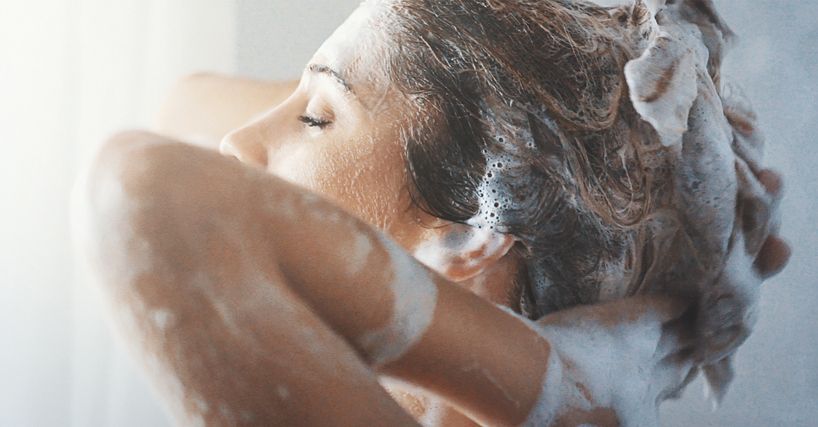Author: Natalie Ng|Updated: 8 May 2025
If you’ve been dealing with post-inflammatory erythema (PIE), you’re probably aware of how stubborn those red marks can be. PIE happens when skin inflammation from things like acne breakouts or other inflammatory skin conditions leads to redness or pink marks, which can linger long after the initial inflammation. These marks occur when tiny blood vessels in the skin get damaged and are often more noticeable on lighter skin tones, but darker skin tones can also see post-inflammatory hyperpigmentation. Unfortunately, common habits can make your PIE worse without you realizing it. Over-exfoliating, picking at acne lesions, or skipping sun protection are just a few ways you might be delaying the healing process. Using harsh skincare products, neglecting hydration, and jumping into strong treatments like chemical peels or laser therapy can also cause more skin irritation. On top of that, not following a consistent, gentle skincare routine or ignoring the importance of early intervention can lead to further inflammation and damaged skin cells. In this article, we’ll take a closer look at the most common mistakes that might be slowing down your skin’s healing process and how to avoid them. Keep reading to learn more about how to properly treat post-inflammatory erythema and restore your skin’s health.

Over-Exfoliating Your Skin
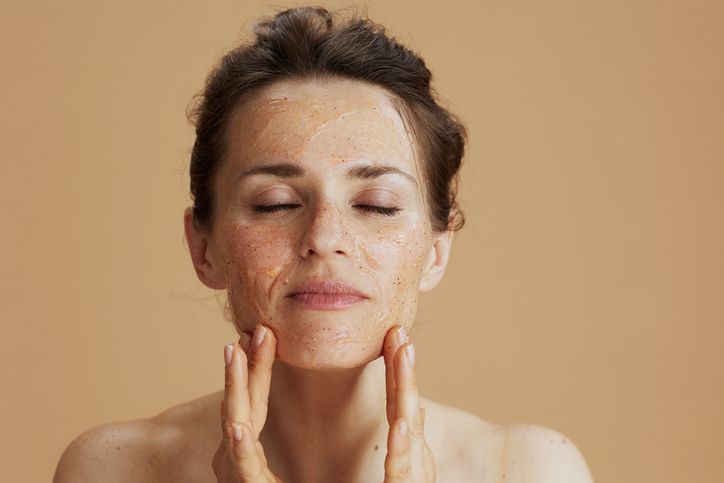
Exfoliating your skin might seem like a great way to speed up healing when dealing with post-inflammatory erythema (PIE), but overdoing it can actually do more harm than good. While gentle exfoliation can help remove dead skin cells and improve skin texture, too much exfoliation can irritate your skin, making the problem worse.
Why Over-Exfoliating Can Be Harmful
When you exfoliate your skin excessively, especially with harsh scrubs or strong chemical exfoliants, you risk damaging the skin's barrier. This can lead to increased irritation, making your PIE marks more noticeable. Instead of helping the healing process, over-exfoliating can cause further inflammation and even create new skin concerns.
The Right Way to Exfoliate
To treat post-inflammatory erythema effectively, stick to a gentle exfoliation routine. Use products that are formulated to treat acne or other inflammatory skin conditions without disrupting the skin’s barrier. Look for exfoliants containing glycolic acid or salicylic acid, which are less likely to cause irritation. These ingredients work to reduce visible redness, speed up cell turnover, and promote healthy skin healing by stimulating collagen production and improving blood flow.
Remember, the key is moderation. Exfoliating too often can lead to skin irritation and delay the healing process. A gentle skincare routine with proper exfoliation will help your skin recover without causing further damage.

Picking at Active Breakouts
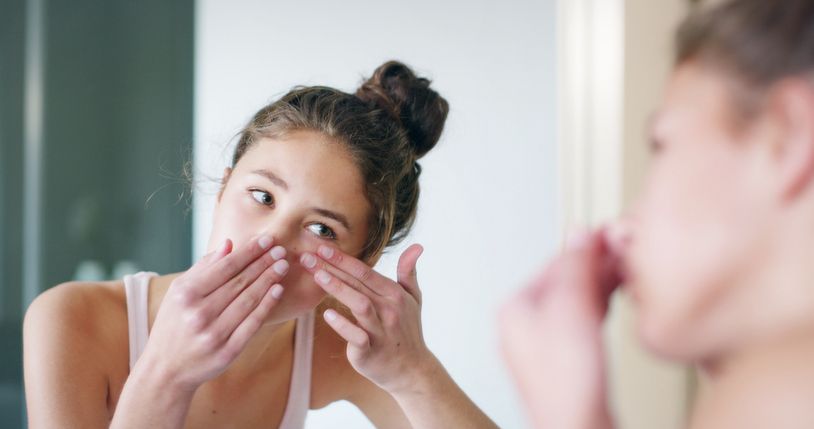
Picking at active breakouts can significantly increase your risk of prolonging post-inflammatory erythema (PIE) and creating longer-lasting marks on your skin. Although it may be tempting to squeeze or pop blemishes, this habit is more harmful than you might realize, as it interferes with the natural healing process and can lead to other complications.
Immediate Scarring Risk Increases
While picking at breakouts doesn't always result in immediate scarring, it does cause more harm in the long run. The damage from picking can lead to more prolonged inflammation, which worsens the redness of PIE and increases melanin production in the skin. This can ultimately result in post-inflammatory hyperpigmentation (PIH) or dark spots. When you pick at acne lesions, the natural skin barrier becomes compromised, leading to a slower healing process. Although scarring may not occur immediately, the disruption to the skin's healing mechanisms can increase the likelihood of darker or more persistent marks, making it harder to treat PIE effectively.
Prolonged Healing Time Required
Picking at breakouts disrupts your skin's ability to heal quickly. This interference can delay the recovery of the original acne lesion, as well as the surrounding skin that is dealing with PIE. Your body must repair both the breakout and the additional damage caused by picking, which can extend the overall healing time by weeks or even months. The repetitive trauma from picking causes ongoing inflammation, making it more difficult for the skin to recover and resolve redness efficiently.
Bacteria Spread Through Touch
Many people worry that touching or picking at acne will spread bacteria and cause more breakouts. While it's true that touching your face with unclean hands isn't ideal, acne-causing bacteria (like P. acnes) already exist naturally in your pores, and touching doesn't spread it. However, what picking does introduce is additional physical trauma and prolonged inflammation, which can make PIE marks more stubborn. The real danger lies in aggravating inflamed skin, leading to a longer healing process and increased risk of further irritation or skin trauma.
The best approach is to leave active breakouts alone. If you're trying to treat acne, focus on gentle, non-traumatic methods, such as topical treatments with benzoyl peroxide, salicylic acid, or azelaic acid. These options treat acne without the risk of inflaming the skin further and worsening PIE.
Read More
Book Now to Experience
Acne Treatment
1 Minute Self-Registration
Date should not be before minimal date

Skipping Daily Sun Protection
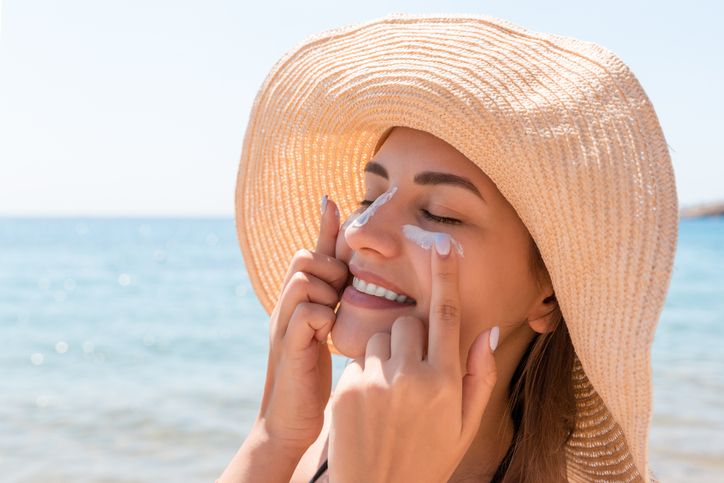
Skipping daily sun protection is one of the biggest mistakes you can make when dealing with post-inflammatory erythema (PIE). UV rays from the sun can make the redness from PIE worse and slow down the healing process, even if you don’t feel like your skin is exposed to intense sunlight.
How UV Exposure Affects PIE
When your skin is already inflamed due to PIE, exposure to ultraviolet (UV) rays can trigger further inflammation. UV rays penetrate deeply into the skin, causing blood vessels to dilate and intensifying the visible redness. This process can also lead to post-inflammatory hyperpigmentation (PIH), making dark spots or discoloration more noticeable. The skin’s natural healing abilities can also be compromised by sun exposure, leading to slower recovery times.
The Importance of Daily Sunscreen
To treat PIE effectively, applying a broad-spectrum sunscreen with at least SPF 30 every day is crucial. Sunscreen protects your skin from harmful UV rays, preventing further damage and reducing the chances of worsening redness. Even on cloudy days, UV rays can still affect your skin, so reapplying sunscreen every two hours is essential for consistent protection. Without daily sun protection, your skin's healing process will be delayed, and you risk developing more noticeable red or dark spots.
Choosing a sunscreen that shields your skin from both UVA and UVB rays is important for overall skin health. Always make sun protection a part of your daily routine, especially when you're working to treat PIE.

Using Harsh Physical Scrubs
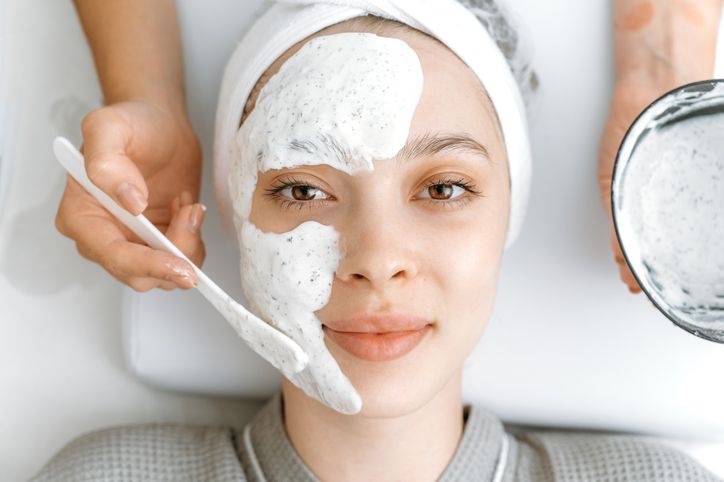
Aggressive physical scrubs can significantly hinder your skin’s ability to heal post-inflammatory erythema (PIE). Harsh exfoliants can disrupt the skin's delicate healing process, worsening redness and prolonging the recovery of PIE marks.
The Harmful Effects of Abrasive Scrubs
Physical scrubs with rough ingredients like walnut shells, sugar, or salt can create micro-tears in your skin, which increases irritation and inflammation. These abrasions can make PIE worse by disrupting your skin's protective barrier, which is vital for proper healing. When the skin's surface is damaged, it’s more susceptible to external irritants, making it harder for your skin to recover and reducing its ability to effectively reduce redness.
Gentle Alternatives to Harsh Scrubs
Rather than using physical scrubs, opt for gentler exfoliating products like enzyme-based exfoliators or mild chemical exfoliants such as lactic acid or polyhydroxy acids. These ingredients help remove dead skin cells without causing physical damage to the skin's surface. Gentle exfoliation can improve skin texture and accelerate healing without triggering further irritation. Make sure you are following a gentle skincare routine that supports skin healing, which includes avoiding harsh mechanical scrubs that can aggravate PIE.
Book Now to Experience
Acne Treatment
1 Minute Self-Registration
Date should not be before minimal date

Neglecting Skin Hydration
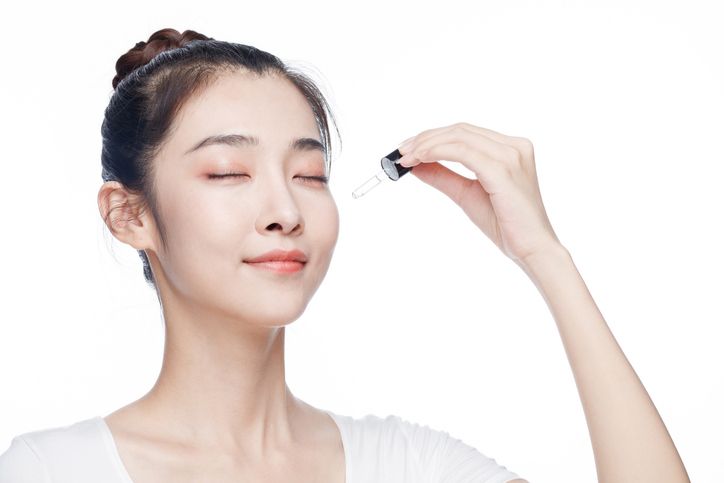
Neglecting proper hydration can significantly slow down the healing of post-inflammatory erythema (PIE). Keeping your skin adequately moisturized is crucial for maintaining a healthy skin barrier and promoting skin healing.
How Dehydration Impairs Skin Healing
When your skin is dehydrated, it can’t effectively perform its natural repair processes, which are essential for reducing PIE. A lack of moisture makes the skin barrier weaker and more prone to irritation, leading to further inflammation. Dehydrated skin can also increase oil production as a compensatory mechanism, which can result in new breakouts and more PIE spots.
The Importance of Hydrating Ingredients
To ensure your skin heals properly, incorporate hydrating ingredients like humectants (e.g., glycerin, hyaluronic acid) and emollients (e.g., ceramides, fatty acids) into your skincare routine. These ingredients help retain moisture and restore the skin's protective barrier. Hydrated skin can more efficiently heal from damage, including the redness and irritation caused by PIE. Make sure to regularly apply a moisturizer suitable for sensitive skin to support the healing process and keep inflammation at bay.

Applying Inflammatory Ingredients

Certain skincare ingredients can inflame your skin, which is especially problematic when you're trying to heal post-inflammatory erythema (PIE). Using harsh or irritating products can interfere with your skin's healing process, causing increased redness, irritation, and delayed recovery.
Common Inflammatory Ingredients to Avoid
Ingredients like alcohol, strong exfoliating acids, fragrances, and essential oils are commonly found in many skincare products, but they can trigger inflammation and worsen PIE. Alcohol, for example, can dehydrate your skin, while fragrances and essential oils can cause sensitivity, leading to further irritation. Strong exfoliants, such as harsh scrubs or strong acids, can disrupt the skin barrier and cause more inflammation, making it harder for your skin to heal and reducing the effectiveness of your treatment for PIE.
Choosing Gentle, Soothing Alternatives
Instead of using products with inflammatory ingredients, look for gentle, soothing skincare formulations. Ingredients like niacinamide, centella asiatica, and green tea can help calm your skin and reduce redness. These anti-inflammatory ingredients support your skin's healing process, promoting a healthier skin barrier and helping to fade PIE more efficiently. Always read product labels carefully and opt for fragrance-free, gentle formulations that are designed for sensitive or irritated skin.
Book Now to Experience
Acne Treatment
1 Minute Self-Registration
Date should not be before minimal date

Rushing Into Strong Treatments
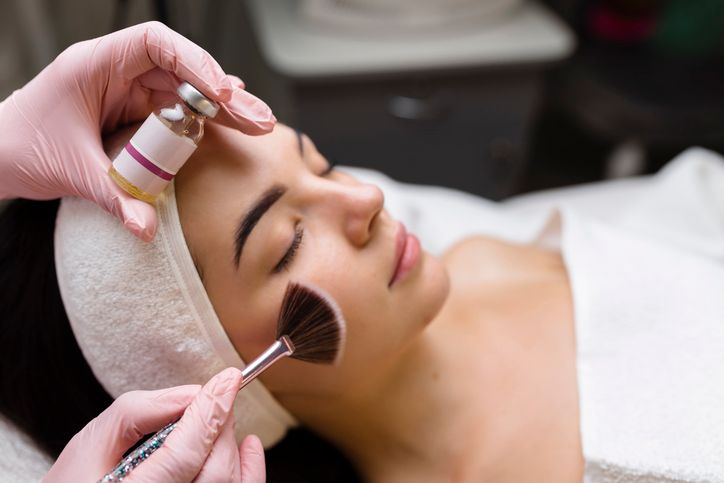
When trying to treat post-inflammatory erythema (PIE), it’s tempting to immediately use potent treatments or actives that promise fast results. However, jumping into strong treatments too soon can backfire and actually make your skin more irritated and sensitive.
The Risks of Intense Treatments Too Early
Your skin needs time to recover and rebuild its protective barrier after experiencing inflammation. Using strong treatments, like potent chemical peels, retinoids, or aggressive exfoliants, too soon can cause further irritation and delay healing. These products can overwhelm your skin, leading to increased redness and sensitivity, which may worsen the appearance of PIE. Rushing into harsh treatments before your skin is ready may also compromise your skin’s ability to heal properly.
Gradual Introduction of Active Ingredients
To avoid this, start with gentle, calming ingredients like niacinamide, centella asiatica, or ceramides for at least two to three weeks. These ingredients will support your skin's healing without overwhelming it. Once your skin barrier has strengthened and your skin is less inflamed, you can gradually introduce stronger treatments like retinoids or chemical exfoliants. Always test new products on a small area of skin first, and if you experience any irritation, scale back and focus on supporting the barrier.

Hot Water Cleansing Habits
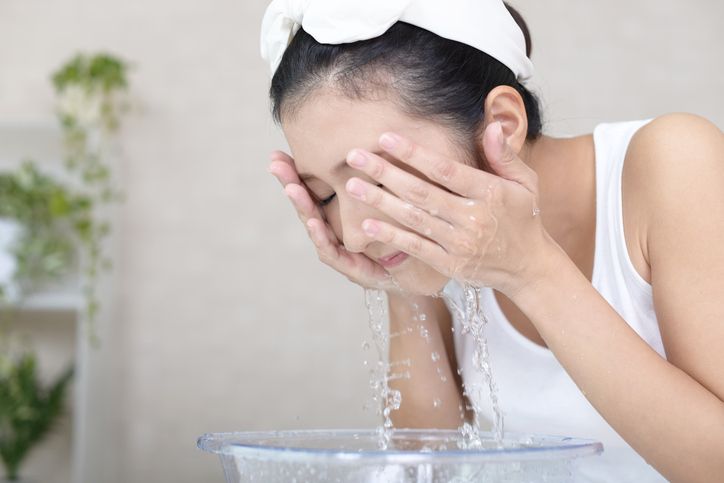
Using hot water to cleanse your face may feel soothing, but it can actually cause more harm than good when you're trying to heal post-inflammatory erythema (PIE). Hot water can worsen existing redness and irritation, making it harder for your skin to recover.
How Hot Water Affects PIE
When exposed to hot water, your skin's blood vessels dilate, which increases blood flow to the area and intensifies the redness of PIE. This can make the healing process take longer, as the blood vessels remain dilated, causing prolonged inflammation. Hot water can also disrupt the skin’s barrier, making it more vulnerable to external irritants and slowing down skin healing.
The Best Water Temperature for Cleansing
To prevent further irritation, use lukewarm or cool water to wash your face. Lukewarm water is gentle on the skin and helps maintain your skin’s natural balance without triggering excessive redness. Cool water can be soothing and help reduce inflammation. Stick to a short, gentle cleansing routine to avoid overstimulating your skin. By using the right water temperature, you can support your skin's healing process and avoid exacerbating PIE.
Book Now to Experience
Acne Treatment
1 Minute Self-Registration
Date should not be before minimal date

Inconsistent Skincare Routine
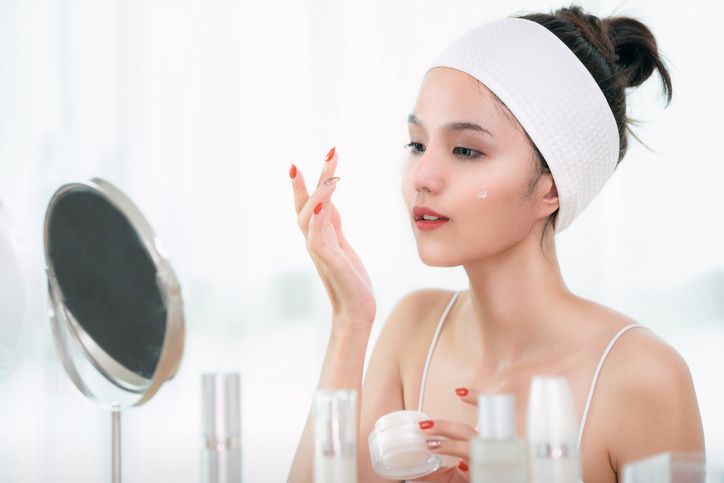
An inconsistent skincare routine can significantly hinder the healing of post-inflammatory erythema (PIE). If you're not following a steady routine, it becomes much harder to manage PIE effectively, as your skin won't be able to properly adapt to the products you're using, potentially delaying the recovery process.
The Importance of Consistency
Your skin needs time to adjust to treatments and products, and skipping steps or frequently switching between different products can disrupt this process. When you're inconsistent with your skincare, it's difficult to track which products are actually benefiting your skin and which might be causing irritation or slowing down healing. Missing regular steps, like sun protection or applying moisturizers, can make inflammation worse, leading to longer healing times and more noticeable redness or dark spots.
Building a Consistent Routine
To treat PIE, consistency is key. Follow a simple and gentle skincare routine that includes cleansing, moisturizing, and applying sunscreen daily. Stick to products that are designed for sensitive or inflamed skin. Make sure to avoid harsh treatments that could trigger irritation. If you're unsure of which products are working best for your skin, try to limit the number of new treatments you introduce and give your current routine time to show results. Staying consistent with your approach is essential for effective healing.

Ignoring Early Intervention
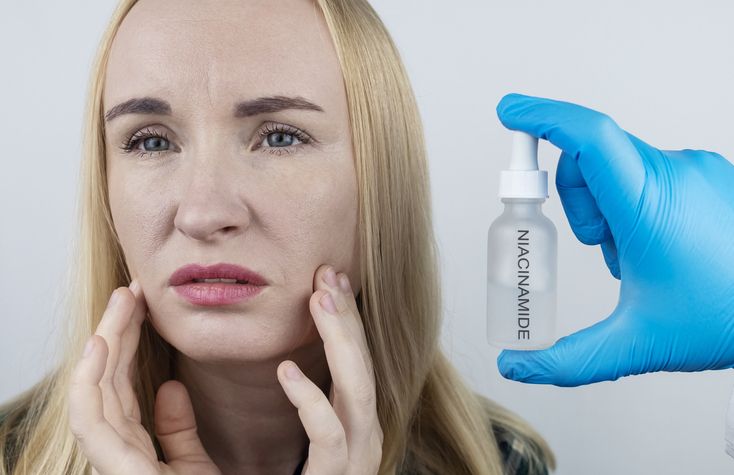
The earlier you start addressing post-inflammatory erythema (PIE), the quicker and easier it will be to treat. Ignoring PIE in its early stages can result in more severe discoloration and a longer recovery period, making it harder to fade the red or pink marks.
The Importance of Early Treatment
When you first notice the signs of PIE—whether it’s red or pink marks following acne breakouts or skin trauma—it’s important to begin treatment right away. The longer you wait, the more challenging it becomes to fade these marks, and you may even develop more persistent hyperpigmentation. Early intervention can help prevent the marks from becoming darker or more permanent, which will save you time and effort in the long run.
Effective Early Treatments
At the first signs of PIE, begin using targeted ingredients like niacinamide, vitamin C, or azelaic acid. These ingredients are known for their ability to reduce visible redness, promote skin healing, and reduce melanin production. Along with these treatments, don’t forget about daily sun protection, as UV exposure can worsen PIE. If necessary, consult with a dermatologist early on, as professional treatments such as laser therapy or intense pulsed light can speed up the healing process and help reduce the intensity of PIE marks.
By acting quickly and using the right products, you can shorten the healing time and prevent PIE from becoming a long-term skin concern. Early intervention is essential for maintaining a clear, healthy complexion.

Acne Treatment for Post-Inflammatory Erythema (PIE): A Solution for Clearer, Healthier Skin
If you’re struggling with post-inflammatory erythema (PIE), an acne treatment that targets both acne and its aftermath could be a game-changer for your skin. PIE, often seen as red or pink marks left behind after an acne breakout, can be stubborn and frustrating to treat. Fortunately, New Beauty’s Acne Treatment offers a solution that not only helps reduce current acne breakouts but also accelerates the healing of PIE marks.
How the Acne Treatment Works for PIE
The Acne Treatment utilizes dual spiral suction and drainage technology to exfoliate the skin, unclog pores, and remove dead skin cells. This step is crucial for addressing the clogged pores that often lead to acne breakouts. As the treatment progresses, it helps calm the inflammation and infection associated with acne, which is especially beneficial for PIE sufferers, as inflammation is one of the primary causes of these lingering red or pink marks.
Once the skin is cleared of excess oil, dirt, and dead skin cells, a medical-grade hydrating serum is infused into the skin. This serum balances the skin’s oil and water ratio, which not only prevents excess oil production but also promotes collagen production. Collagen is vital for skin healing, and by encouraging its production, the treatment helps reduce the visibility of post-inflammatory erythema, improving skin texture and tone.
The Benefits of Acne Treatment for PIE
• Removes Dead Skin Cells and Unclogs Pores: By removing the build-up of dead skin cells, the Acne Treatment helps prevent further acne breakouts and accelerates healing, making it a great option for treating post-inflammatory erythema.
• Visible Reduction in Acne and PIE Marks: With continued sessions, you’ll notice fewer breakouts, reduced acne scarring, and diminished PIE marks, leading to clearer and more even skin.
• Hydrating and Calming: The hydrating serum balances sebum production, calming the sebaceous glands and preventing future breakouts. This helps ensure your skin’s healing process continues without the risk of additional irritation or new acne.
• Non-Invasive: Unlike other more invasive treatments, the Acne Treatment is non-surgical, needle-free, and has little to no downtime. It’s ideal for individuals with sensitive or acne-prone skin who want to avoid aggressive procedures while still achieving impressive results.
• Suitable for All Skin Types: Whether you have fair skin, darker skin tones, or a combination, this treatment can be adapted to suit your needs. It’s especially effective for individuals dealing with both active acne and post-inflammatory erythema.
How Often Should You Get the Acne Treatment?
To achieve optimal results, it’s recommended to undergo one session of the Acne Treatment per month, typically requiring 10 to 12 sessions as part of a complete treatment course. This consistent approach will help you see a significant reduction in acne, PIE, and other skin concerns, leaving you with healthier, more radiant skin.
No Recovery Time Needed
The best part? There’s no need for extended downtime after the treatment. You can go back to your normal routine immediately, with no invasive procedures or healing time needed. Simply follow a gentle skincare routine and protect your skin with SPF 30+ sunscreen.
Book Your Acne Treatment Today
If you’re tired of dealing with the lingering effects of PIE and acne breakouts, the Acne Treatment could be just what you need to rejuvenate your skin.
Book your Acne Treatment Trial today to learn more about how this treatment can enhance your skin’s health and help you achieve the clear, glowing complexion you deserve.
New Beauty's Acne TreatmentBook Now to Experience
Acne Treatment
1 Minute Self-Registration
Date should not be before minimal date
FAQ
1. What causes post-inflammatory erythema (PIE) and how can it be treated?
Post-inflammatory erythema (PIE) is typically caused by skin inflammation from acne breakouts, other inflammatory skin conditions, or skin trauma. The redness is due to dilated blood vessels beneath the skin's surface. PIE can be treated with gentle skincare, consistent sun protection, and treatments that support skin healing, such as topical products containing niacinamide, vitamin C, or azelaic acid. Additionally, professional treatments like laser therapy or the Acne Treatment can accelerate healing and reduce redness.
2. How can I prevent post-inflammatory erythema (PIE) after acne breakouts?
To prevent PIE after acne breakouts, avoid picking or squeezing pimples, which can increase inflammation and worsen the redness. Follow a gentle skincare routine, stay hydrated, and apply broad-spectrum sunscreen daily to prevent sun exposure from worsening the redness. Incorporating anti-inflammatory ingredients such as niacinamide into your routine can also help minimize the appearance of PIE and support the healing process.
3. Can post-inflammatory erythema (PIE) go away on its own?
While PIE may fade over time, the healing process can be slow, and the redness may remain visible for weeks or even months. Without proper treatment, PIE can linger longer, and you may also develop post-inflammatory hyperpigmentation (dark spots). Professional treatments like the Acne Treatment can help speed up the recovery process by addressing inflammation and stimulating collagen production, leading to clearer, healthier skin.
4. Is post-inflammatory erythema (PIE) the same as acne scars?
No, PIE is different from acne scars. While both conditions occur after acne breakouts, PIE refers to temporary redness caused by dilated blood vessels, whereas acne scars are permanent marks left by deeper damage to the skin's surface. PIE can fade with the right treatments, but acne scars require more advanced treatments like laser therapy, chemical peels, or microneedling to improve their appearance.
5. What are some effective ingredients to treat post-inflammatory erythema (PIE)?
To treat PIE, look for products containing anti-inflammatory and skin-healing ingredients such as niacinamide, vitamin C, azelaic acid, and hyaluronic acid. These ingredients help reduce redness, improve skin texture, and support the skin's healing process. Additionally, treatments like pulsed dye laser or intense pulsed light can be effective in targeting dilated blood vessels and reducing the appearance of PIE.
Recommended Articles
COPYRIGHT© NEW BEAUTY MANAGEMENT LIMITED 2025. ALL RIGHT RESERVED.

